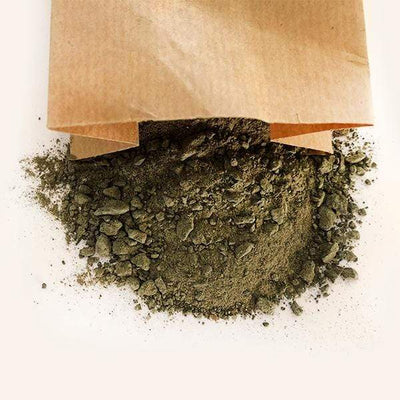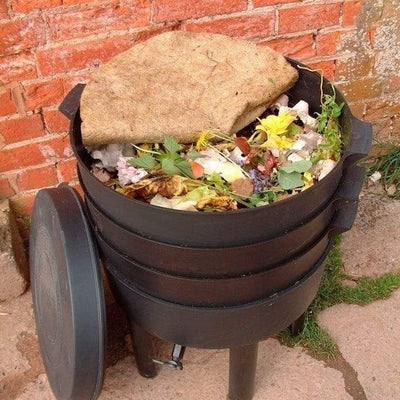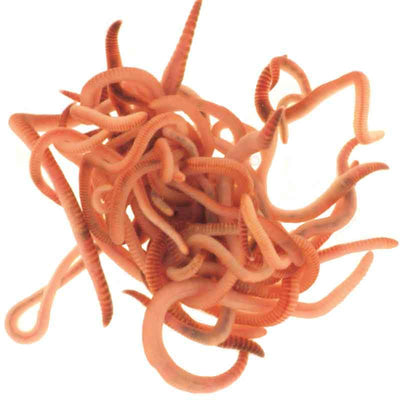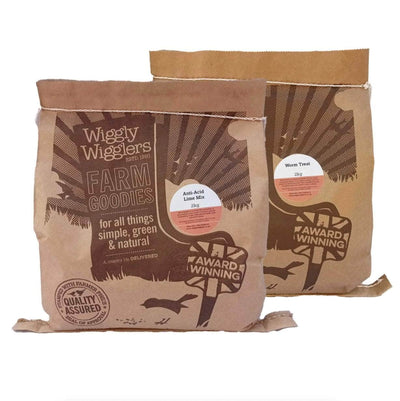Moving into a new build property often means starting with a blank canvas — and while the house itself is brand new, the garden soil can be far from ideal. More often than not, the ground has been heavily compacted by construction machinery, stripped of topsoil, or left with poor drainage and low fertility. If you're wondering how to breathe life back into your soil naturally, there’s one simple answer: earthworms.
Introducing worms into your garden is one of the easiest, most natural ways to restore soil health, boost fertility, and create the perfect environment for plants to thrive.
Why New Build Soil Needs Help
During construction, soil is typically compacted to create firm foundations for buildings, roads, and paths. Unfortunately, this compaction destroys the natural structure of the soil, squeezing out air pockets that roots and beneficial organisms rely on. Topsoil — the nutrient-rich layer vital for healthy plants — is often removed or buried.
Without intervention, new build gardens can suffer from:
-
Poor drainage
-
Hard, compacted ground
-
Lack of essential nutrients
-
Thin, lifeless soil that's difficult to dig or plant into
Luckily, with the right approach, you can rebuild your soil naturally — and earthworms are key to that process.
How Earthworms Improve Soil

Earthworms act like natural ploughs, burrowing through the soil and creating networks of channels. These tunnels allow air and water to penetrate deep into the ground, breaking up compacted layers and improving drainage. As worms feed on organic matter, they produce castings (worm manure) that are rich in readily available nutrients, helping to feed your plants naturally.
In short, worms:
-
Aerate compacted soils
-
Improve drainage and reduce waterlogging
-
Increase nutrient levels through their castings
-
Enhance soil structure by binding particles together
-
Support healthier, stronger plant roots
Adding worms is one of the most sustainable and low-maintenance ways to repair and revitalise your new garden.
How to Add Earthworms to Your New Build Garden
Adding worms isn't complicated, but a little planning helps ensure they settle successfully. Here's how to do it:
-
Prepare the Soil: Before adding worms, it’s a good idea to improve the surface with some compost or well-rotted manure. This provides an immediate food source and makes the soil more welcoming.
-
Dig Planting Holes: Across the area you wish to improve, dig plenty of small holes, each about a spade’s depth (15–20cm). Space them out evenly to encourage worms to spread throughout the garden.
-
Add the Worms: Place a small handful of worms (around 5–10) into each hole.
-
Cover Gently: Replace the soil gently over the top to protect the worms and keep them cool and moist.
-
Mulch and Water: Add a layer of organic mulch, such as bark chips or compost, and water the area well. Keeping the soil moist (but not waterlogged) helps worms settle in and start working their magic.
Give Your New Build Garden a Natural Head Start

Rather than battling poor soil with chemicals or expensive treatments, introducing earthworms is a gentle, effective way to bring your garden to life. With a bit of patience, you’ll see your compacted ground transformed into a rich, thriving environment ready to support strong roots, beautiful flowers, and abundant crops for years to come.
Start now — and let nature do the hard work for you. Order Wiggly Earthworms https://www.wigglywigglers.co.uk/products/garden-worms






